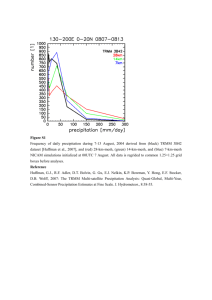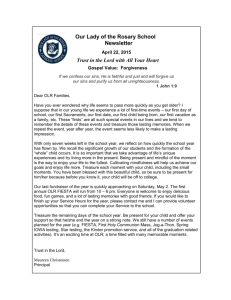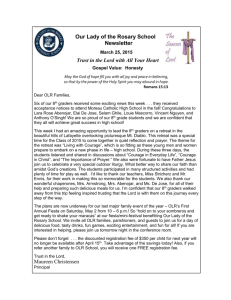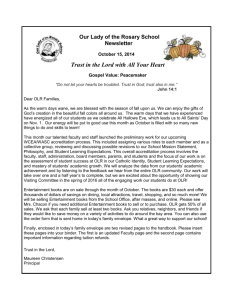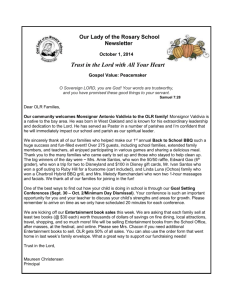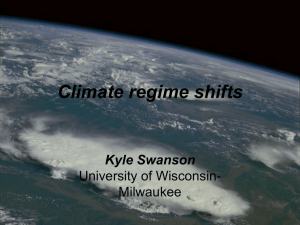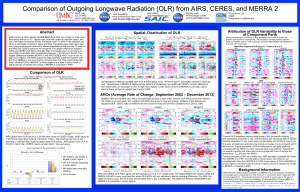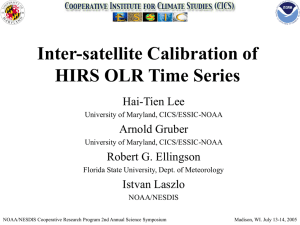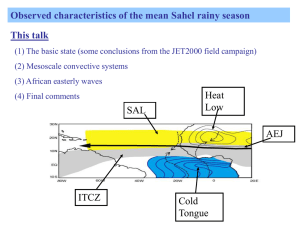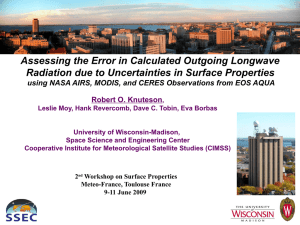Comparison of OLR Datasets from AIRS, CERES, and MERRA2
advertisement
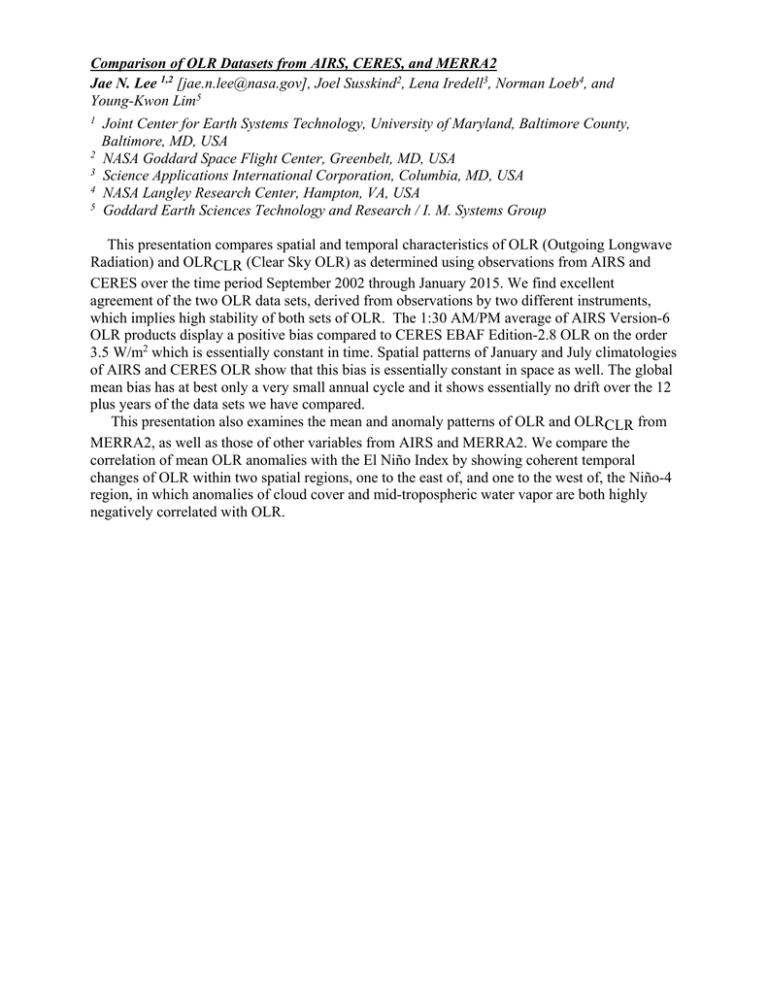
Comparison of OLR Datasets from AIRS, CERES, and MERRA2 Jae N. Lee 1,2 [jae.n.lee@nasa.gov], Joel Susskind2, Lena Iredell3, Norman Loeb4, and Young-Kwon Lim5 1 2 3 4 5 Joint Center for Earth Systems Technology, University of Maryland, Baltimore County, Baltimore, MD, USA NASA Goddard Space Flight Center, Greenbelt, MD, USA Science Applications International Corporation, Columbia, MD, USA NASA Langley Research Center, Hampton, VA, USA Goddard Earth Sciences Technology and Research / I. M. Systems Group This presentation compares spatial and temporal characteristics of OLR (Outgoing Longwave Radiation) and OLRCLR (Clear Sky OLR) as determined using observations from AIRS and CERES over the time period September 2002 through January 2015. We find excellent agreement of the two OLR data sets, derived from observations by two different instruments, which implies high stability of both sets of OLR. The 1:30 AM/PM average of AIRS Version-6 OLR products display a positive bias compared to CERES EBAF Edition-2.8 OLR on the order 3.5 W/m2 which is essentially constant in time. Spatial patterns of January and July climatologies of AIRS and CERES OLR show that this bias is essentially constant in space as well. The global mean bias has at best only a very small annual cycle and it shows essentially no drift over the 12 plus years of the data sets we have compared. This presentation also examines the mean and anomaly patterns of OLR and OLRCLR from MERRA2, as well as those of other variables from AIRS and MERRA2. We compare the correlation of mean OLR anomalies with the El Niño Index by showing coherent temporal changes of OLR within two spatial regions, one to the east of, and one to the west of, the Niño-4 region, in which anomalies of cloud cover and mid-tropospheric water vapor are both highly negatively correlated with OLR.
